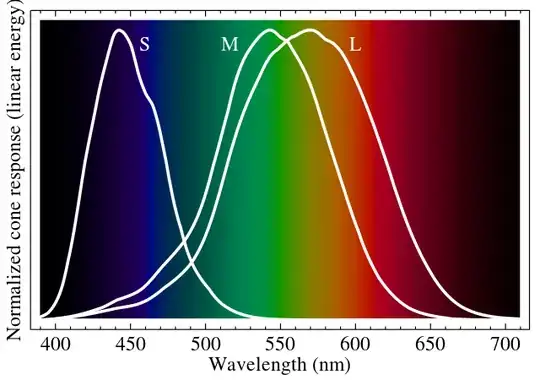By increasing the frequency of electromagnetic wave in visible range, human eye sees it as a color change.
But how human eye will see transition after violet wavelength to ultraviolet? As far as I understand ultraviolet (at least middle and far ranges) is invisible for eye.
So if imagine some source that can smoothly change frequency of the radiation from violet to (far) ultraviolet, how human will see it?
Will it just smoothly disappear?
